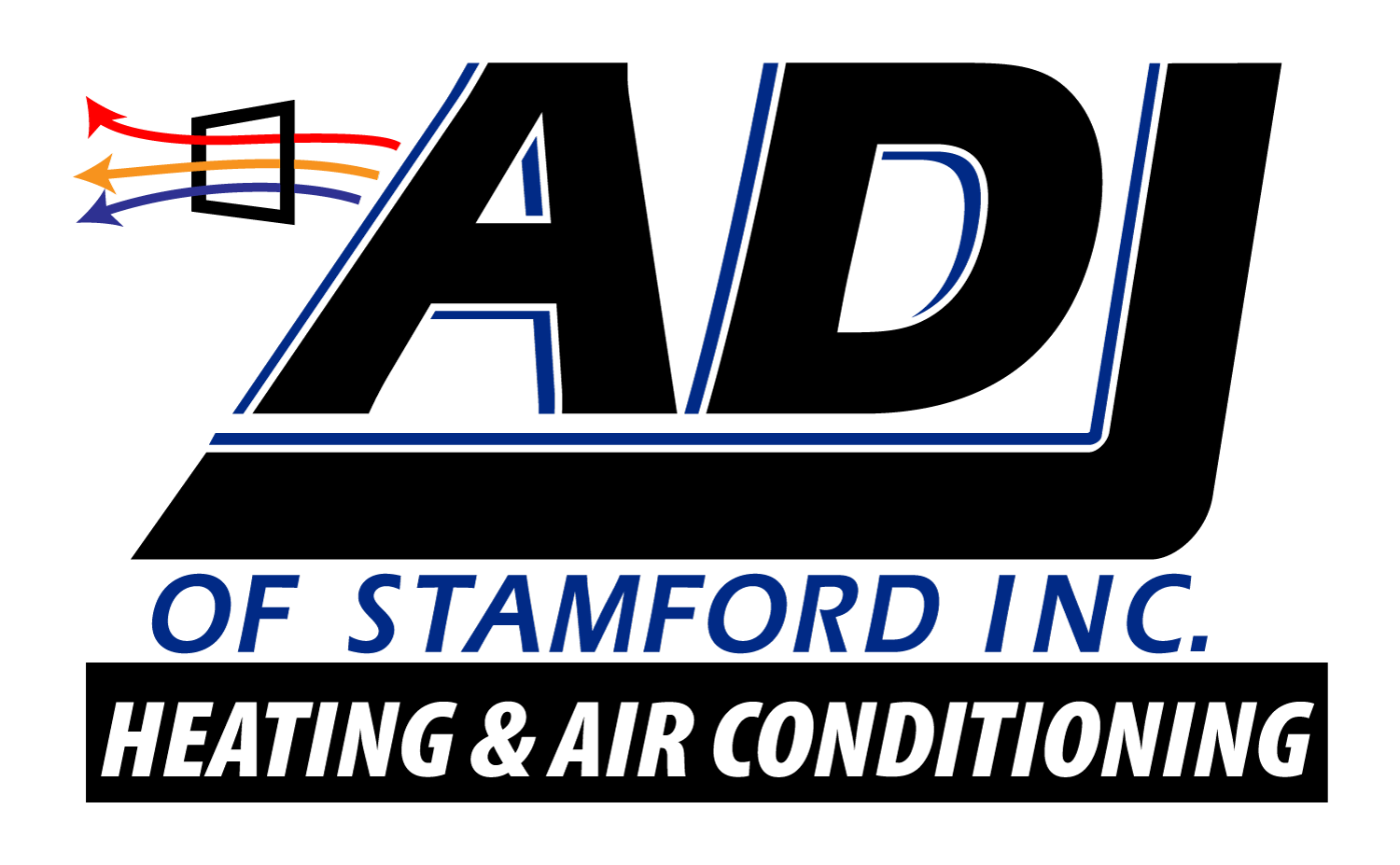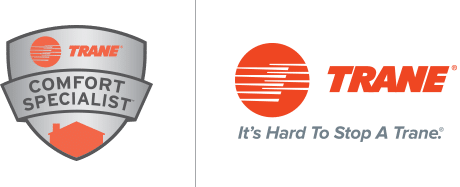The U.S. Department of Energy is about to enforce new SEER standards for HVAC systems, but what does that mean for you? To make sense of it all, let’s break down exactly what’s changing and what effects you can expect to see.
How SEER Measures Energy Efficiency
It might sound straightforward, but measuring the efficiency of air conditioners and air-source heat pumps is surprisingly complicated. Among other issues, system performance may vary considerably depending on the weather conditions at any given time. Think of it like measuring the fuel economy of a vehicle on a wide-open highway versus sitting in rush hour traffic.
To solve this problem, Seasonal Energy Efficiency Ratio (SEER) calculates a system’s performance across an entire season. This produces a single number that serves as a simple, convenient reference for comparing the efficiency of different units. In essence, a higher SEER rating means less energy used and less money spent on cooling.
Demystifying the New SEER2 Mandates
For decades, the Department of Energy has enforced minimum efficiency standards for all new cooling systems. Heat pumps and AC systems in the North require a SEER rating of at least 13. In the South and Southwest, the current standard is 14 SEER. However, as of January 1, 2023, these minimum standards will increase by one for most systems.
This update is part of a broader “SEER2” initiative that features new testing procedures. The new SEER2 protocols are designed to better reflect real-world conditions, thus producing more accurate efficiency data. On average, a current rating of 14 SEER will compare to a SEER2 rating of approximately 13.4.
What This All Means for Homeowners
Since prices typically increase in line with efficiency, it will likely cost more to install new HVAC systems beginning in January. However, you won’t be required to replace existing equipment that falls below the new SEER2 standards. In addition, any added equipment costs may be offset over time by the resulting savings on energy bills.
Another key change coming in 2023 is the phase-out of R-410A refrigerant. This refrigerant will no longer be used in newer models but is still common in many current air conditioning units. Once again, the good news is that existing systems need not be replaced to comply with the new regulations. Nonetheless, if you currently have an R-410A system, it may be time to start planning for an eventual equipment upgrade.
The 2023 SEER2 mandates mark an important shift in the HVAC industry, but homeowners have no cause for alarm. While the cost of new AC and heat pump systems may increase, the corresponding jump in efficiency should be great news for all.


